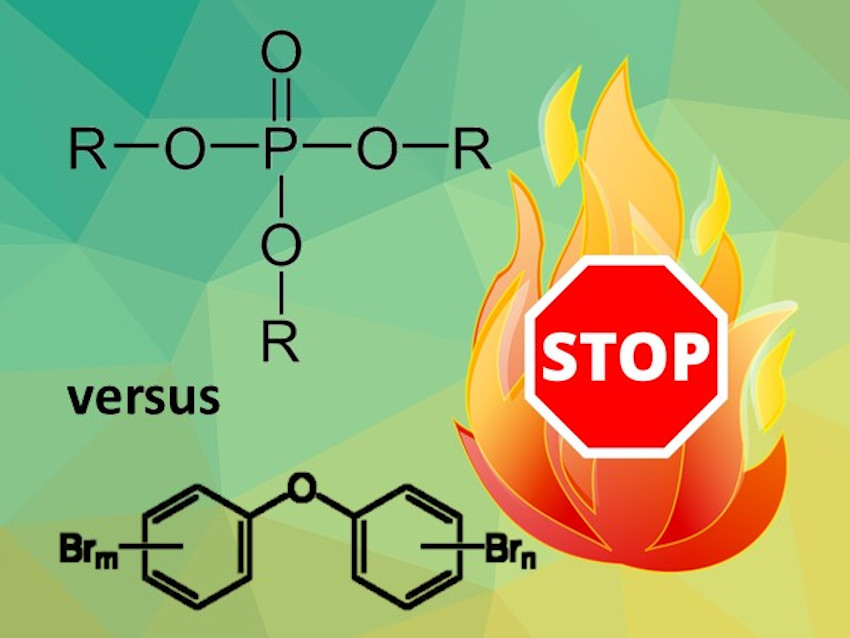Flame retardants are used in various consumer products, such as electronics enclosures, upholstered furniture, and building materials. In the past, polybrominated diphenylethers (PBDEs) were commonly used for this purpose. Due to their persistence and environmental accumulation, combined with various health concerns, PBDEs have been largely phased out. Nowadays, organophosphate ester flame retardants (OPFRs) are commonly used as substitutes.
Marta Venier, Indiana University, Bloomington, USA, and colleagues have investigated if replacing PBDEs by OPFRs is a case of “regrettable substitution”, where a class of substances known for their hazardous properties is replaced by another one for which sufficient data on health effects and environmental impact are not yet available. To answer this question, the team compared data on the environmental fate, indoor levels, human exposure, and adverse health effects of PBDEs and OPFRs.
The data showed that OPFRs are metabolized much faster than PBDEs within the human body, but are persistent enough to be found in the environment. Indoor exposure is similar or even higher than indoor exposure to PBDEs during the peak of their use, and the toxic effects of the two compound classes are similar. It is not yet clear if OPFRs are toxic at common household exposure levels, but epidemiological evidence suggests a correlation between reduced female fertility, developmental problems in children, and OPFR exposure.
The team concludes that further research into the exposure levels and health effects of OPFRs is needed to determine if they are save for mass application. They advise against the continued use of PPFRs with the current state of evidence and suggest the use of innovative product design and new materials to improve flame resistance instead of adding potentially harmful flame retardants.
- Organophosphate Ester Flame Retardants: Are They a Regrettable Substitution for Polybrominated Diphenyl Ethers?,
Arlene Blum, Mamta Behl, Linda S. Birnbaum, Miriam L. Diamond, Allison Phillips, Veena Singla, Nisha S. Sipes, Heather M. Stapleton, Marta Venier,
Environ. Sci. Technol. Lett. 2019.
https://doi.org/10.1021/acs.estlett.9b00582




